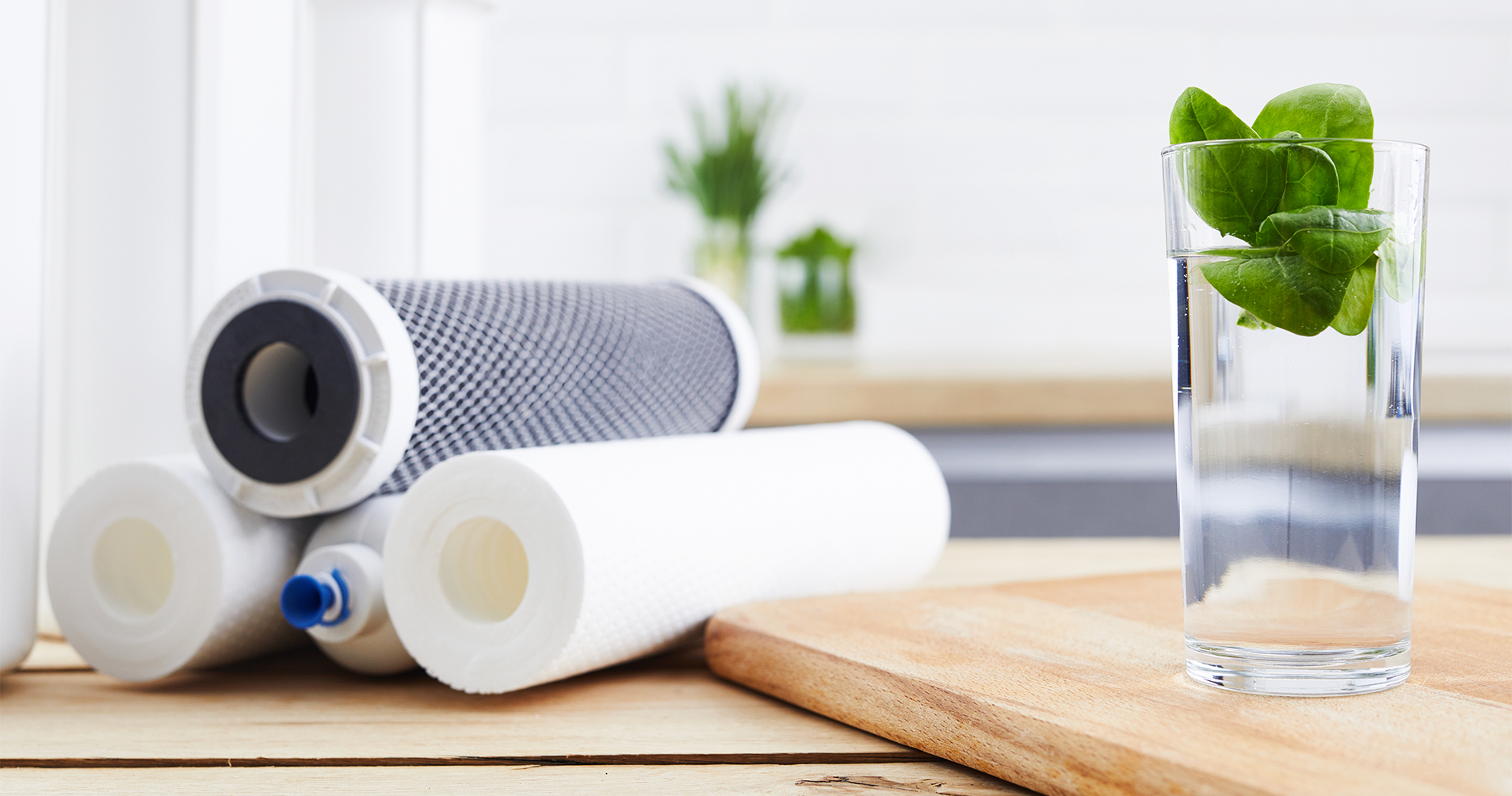Hyundai Motorstudio Senayan Park
Hyundai Motorstudio Senayan Park
Newsroom
The official news from Hyundai Motorstudio Senayan Park and a collection of innovative articles on mobility and sustainability here.
-
Let's Make a Simple Water Purification Device at Home!
- Hyundai Motorstudio Senayan Park Senayan Park 2024.05.28
-
Water purification is an effort to obtain clean water, making it suitable and safe to use. It’s important to carry out this effort alongside the rise of water pollution and other environmental damages.
Therefore, we need to understand how to implement it with the right steps. Find further explanation on how to do simple water purification below!
Definition of Water Purification
As the name suggests, water purification is the process of purifying water from all harmful substances that pollute the water. These include dirt, mud, sand, microorganisms and other dangerous particles.
The aim of water purification is to obtain clean water that is safe to use and does not threaten health. Especially if the water is used for daily consumption, such as drinking or cooking.
Not only that, we also implement water purifying to avoid various diseases caused by pollution. Polluted water can trigger the emergence of diseases such as diarrhea, cholera, typhoid, and so on.
In essence, water purification is a water treatment process by removing unwanted and potentially harmful substances. By carrying out this process, we aim to use the quality water for everyday life.
Benefits of Water Purification
Here are some of the benefits of water purification for health, the economy, and the environment:
1. Providing Clean and Safe Water
The purified water is free from harmful substances so it can help to prevent various diseases. This way, we are protected from the risk of contamination and poisoning when using the water.
2. Improving Quality of Life
We definitely know that water is a vital necessity for daily life. If we use polluted water, it will have a negative impact on the overall quality of life. With purification, we can obtain access to clean water easily.
3. Preserving the Environment and Ecosystem Balance
The danger of water pollution not only targets humans, but also flora and fauna. Therefore, water purification can help preserve the environment by reducing pollution. Purification also helps maintain ecosystem balance by removing pollutants and harmful substances.
How to Purify Water
The process of purifying water can be done easily with simple tools. Here are several methods that we can use to purify water at home.
Using Sand and Gravel
The first method of purification is using sand and gravel, a simple method that we can apply at home. Apart from these two materials, we also need used plastic bottles and gauze or cotton. Then, how to make it?
First, make small holes in the bottom of the plastic bottle. Cut the top of the bottle or bottle cap to provide water entry. After that, line the bottom of the bottle with a layer of gauze then followed by coarse sand and gravel.
We can install this purification device directly on the tap, so it automatically filters water to a clean state. Easy, right?
Using Coconut Coir
Coconut is known as a plant that provides benefits from every part, including the coir. Coconut coir has high adsorption properties, allowing it to absorb dirt, bacteria and other dangerous chemicals from water. We can use coconut coir to purify water as an easy, cheap, and eco-friendly method.
The process of purifying water using coconut coir has similarities with using sand and gravel. Layer coconut coir as the main material alongside zeolite, gravel, and sand. We can use bottles, large containers like gallons, or used paint barrels to produce more filtered water.
Using Alum
Last but not least, we can use alum for water purification. If the previous methods use water filtration, we will use an alum solution. Alum works by binding small particles in water, which then settle at the bottom so the water will be easily filtered.
We also need to pay attention to the amount of alum used, with the recommended dose being 1 gram of alum per 10 liters of dirty water. Dissolve alum in clean water in a ratio of 1:10, then pour it into dirty water. Let the solution work and wait for the alum to settle. This process may take several hours.
Because there is sediment at the bottom, it is best to filter the water first before using it. It should also be noted that the filtered clean water should only be used for external use, such as bathing or cooking.
By purifying water using recycled and eco-friendly materials, we can produce clean water to meet our needs. Not only that, we also contribute to maintaining health and the surrounding environment for a sustainable life.




